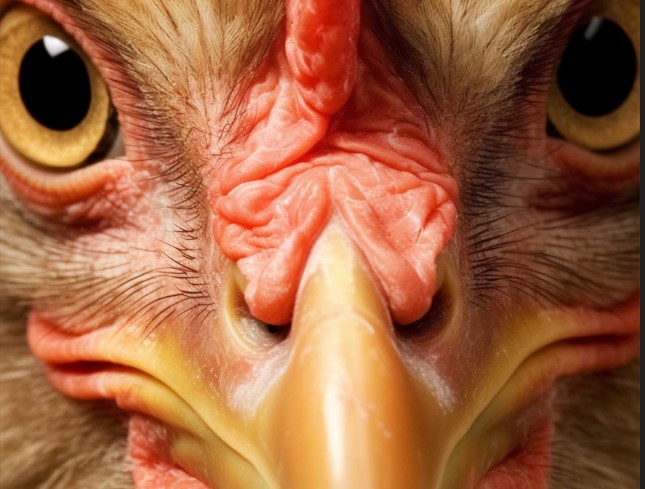A worrying outbreak of highly pathogenic Avian Influenza of the H5N1 serotype has been detected in a free-range turkey farm in the municipality of Ahillones, Badajoz. This is the first on-farm case in Spain in almost two and a half years, causing the country to temporarily lose its disease-free status with the World Organisation for Animal Health (WOAH). The news comes after two other H5N1 outbreaks were also reported in wild birds in Extremadura: one in Corte de Peleas (Badajoz) and one in Casar de Cáceres (Cáceres).
Drastic Measures in Ahillones: 7,000 Turkeys Affected
The affected farm in Ahillones housed approximately 7,000, 60-day-old turkeys. Suspicion of the disease arose on July 16, 2025, when unusual clinical symptoms and a significant increase in mortality were reported to the Official Veterinary Services (SVO). Samples taken the same day and sent to the Central Veterinary Laboratory (LCV) in Algete confirmed the presence of the Avian Influenza virus.
The Regional Government of Extremadura immediately implemented comprehensive control measures. These include the immediate standstill of the affected farm and all farms within a ten-kilometer radius. One of the most drastic but necessary measures is the culling of all birds on the infected farm. Carcasses, feed, and other potentially contaminated materials will also be officially destroyed to prevent further spread of the virus.
Preventive Culling and Restricted Zones: Fighting the Spread
As an additional precaution, another 5,000 fattening turkeys from a farm 100 meters from the affected premises will be preventively culled, although no clinical symptoms of the disease have yet been observed in these birds. Simultaneously, an intensive epidemiological investigation is underway to determine the exact origin of the outbreak and identify other at-risk farms.
To contain the spread, a three-kilometer protection zone and a three-to-ten-kilometer surveillance zone have been established around the outbreak. Within these zones, two slightly more distant broiler farms and a recreational farm have also been placed under strict observation and subjected to a standstill. Biosecurity measures in these areas have been significantly strengthened and are continuously monitored.
Wild Birds as the Most Likely Transmission Route
It is believed that the most probable route of introduction of the virus into the farm was through indirect contact with wild birds. This assumption is supported by recent positive tests in dead wild geese found in urban ponds in Casar de Cáceres and Corte de Peleas. With these recent cases, the total number of HPAI outbreaks detected in Spain in 2025 amounts to five outbreaks in wild birds (Andalusia and Extremadura) and one outbreak in poultry (Extremadura). Authorities are urging increased vigilance and appealing to all poultry farmers to strictly adhere to biosecurity measures to protect the health of their animal populations.




